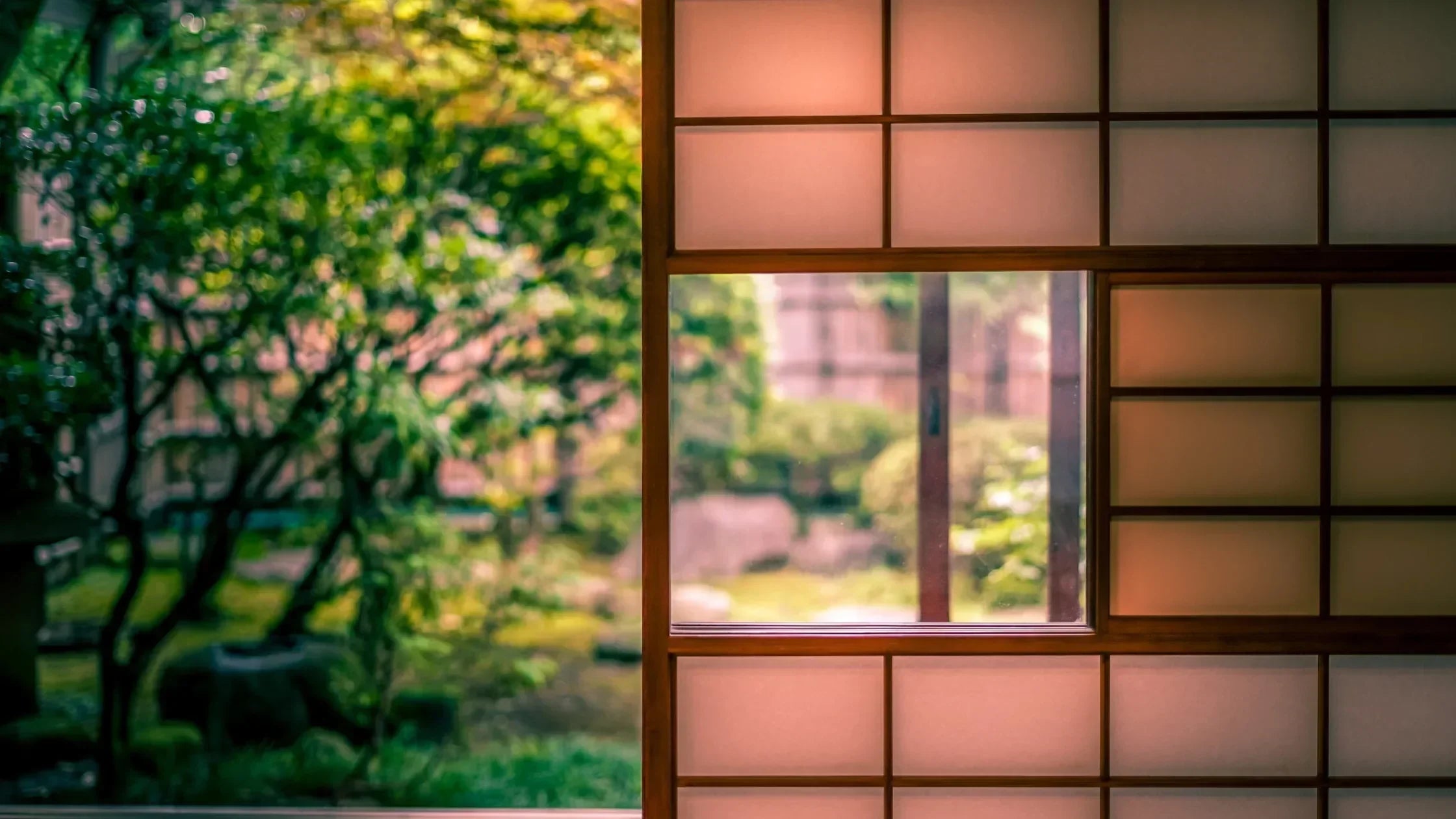If you’ve ever admired the clean, serene vibe of a Japanese home, you’ve probably noticed shoji screens. Those beautiful sliding panels aren’t just eye candy—they’re smart, functional, and surprisingly versatile. Perfect for anyone who loves Japanese-inspired decor, they can add a touch of elegance to your space while keeping things practical.
What Exactly Are Shoji Screens?
At their core, shoji screens are lightweight panels made from a wooden frame and translucent paper, usually rice paper. Traditionally, they were used in Japanese homes to divide rooms, let in natural light, and give a bit of privacy without blocking everything off. The wooden latticework, called kumiko, isn’t just decorative—it adds strength and a touch of artistry to each screen.
Today, you’ll also find modern versions using frosted glass or acrylic, which makes them sturdier but keeps that classic minimalist look. Either way, the elegance and simplicity of shoji screens are timeless.

Why Shoji Screens Are So Practical
What really makes shoji screens a favorite in Japanese design is how useful they are. They’re not just pretty—they solve a bunch of everyday problems in stylish ways:
1. Divide Your Space
Shoji screens are perfect if you want to create separate areas without building walls. Living in a studio or open-plan home? A screen can split your living room from your workspace, dining area, or bedroom—without making the space feel cramped.
2. Soften the Light
One of the best things about shoji screens is how they diffuse sunlight. The paper panels turn harsh rays into a soft, warm glow. It’s perfect for creating a calm, cozy vibe in any room.
3. Privacy Without Feeling Closed Off
Unlike heavy curtains or solid doors, shoji screens give you privacy while still letting light and air flow. Bedrooms, home offices, and meditation spaces all benefit from this balance.
4. Easy on the Eyes
Shoji screens are beautiful and minimal, which makes them incredibly versatile. They pair well with everything from modern minimalism to Scandinavian or even industrial interiors. They’re functional art, basically.

Styles to Know
Shoji screens come in all sorts of styles, so you can find the right one for your space:
Traditional Shoji
These have wooden frames with classic vertical and horizontal slats and white or off-white paper panels. Perfect for a Japanese-inspired room or anyone who loves natural materials and simplicity.
Modern Shoji
These can use frosted glass, acrylic, or even colored panels. They’re stronger than traditional rice paper screens and can make a stylish statement in any room.
Multi-Panel Shoji
These are great for bigger spaces. Foldable or sliding, they give you flexibility and coverage for living rooms, dining areas, or open-plan studios.
Decorative Shoji
Some screens are more about art than function. Intricate kumiko patterns or painted designs can become a real focal point, adding personality while still keeping that clean Japanese aesthetic.

Where to Use Shoji Screens
The versatility of shoji screens is one of their best features. Here are some creative ideas:
-
Living Room: Separate a workspace from your lounge area without closing off the room.
-
Bedroom: Use a screen as a stylish divider for shared rooms or even instead of closet doors.
-
Home Office: Give your workspace some privacy while keeping it bright and airy.
-
Meditation or Yoga Space: Soft light and simple lines create a peaceful, calming environment.
-
Entryway or Hallway: Decorative shoji screens make a beautiful first impression while subtly guiding traffic.

Tips for Styling Shoji Screens
To make the most of shoji screens in your home:
-
Go natural: Wood, bamboo, stone, and neutral textiles complement the screens beautifully.
-
Use them as backdrops: Place a screen behind a sofa, bed, or desk to add visual interest.
-
Play with lighting: LED lights behind a screen give a soft, cozy glow.
-
Mix old and new: Pair a traditional screen with modern furniture for a chic, balanced look.

Caring for Your Shoji Screens
Shoji screens are low-maintenance, but a little care goes a long way:
-
Dust regularly with a soft cloth or feather duster.
-
Avoid moisture, especially for rice paper panels.
-
Replace panels if needed—rice paper tears are easy to fix and inexpensive.
-
Modern materials like glass or acrylic are even easier to keep clean.

Why Shoji Screens Are Worth It
Shoji screens aren’t just practical—they’re a way to bring calm, elegance, and a touch of Japanese culture into your home. They let you divide space, control light, and maintain privacy without sacrificing style. Whether you’re creating a meditation corner, updating your living room, or just looking for a decorative accent, a shoji screen can transform your space effortlessly.
Investing in a shoji screen is like adding a piece of art that actually improves your daily life. Soft light, clean lines, and timeless design—what’s not to love?



Share:
The Role of Nature in Japanese Interior Design
Japanese Summer Traditions to Bring Into Your Home